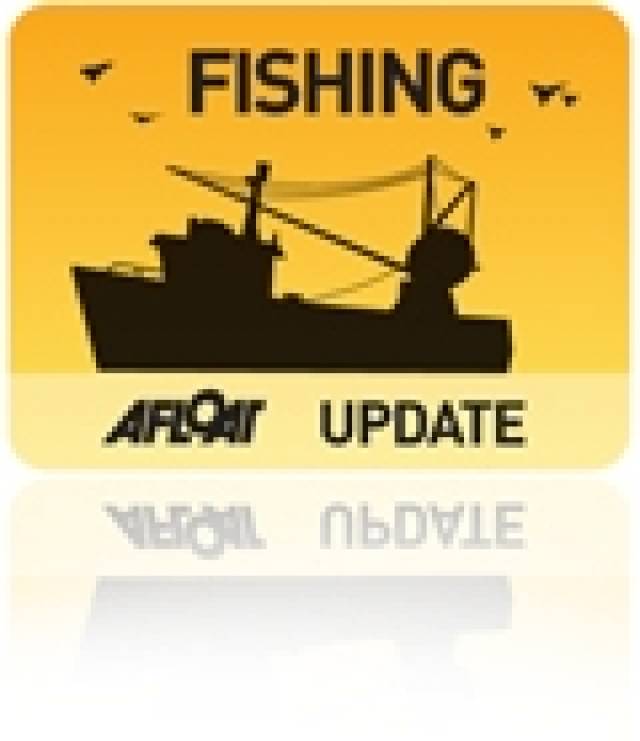#aquaculture – ASIMUTH, an Irish led EU Framework 7 funded project (FP7), was recently awarded the COPERNICUS (Global Monitoring for Environment and Security) Masters Prize for best earth-monitoring service for European citizens 2013. The pan-European project developed an online alert system (HAB Forecast) to provide an early warning to the aquaculture industry of imminent harmful algal blooms (red tides).
ASIMUTH is led by the Daithi O'Murchu Marine Research Station (Bantry) and involves scientists and SMEs from five European Atlantic States (Ireland, Scotland, France, Spain and Portugal). Irish partners include the Marine Institute and Irish SME Numerics Warehouse Ltd (Galway). According to the project co-ordinator, Dr Julie Maguire (DOMMRS), "the new service gives producers time to adapt their culture and harvesting practices before a bloom arrives in their area, reducing potential losses which can have a devastating impact on aquaculture businesses".
In Ireland, closures, due to harmful algal blooms, of shellfish growing areas of up to 10 months have been experienced in the past. Other impacts such as losses of farmed fish and widespread mortalities of wild fish and benthic organisms have been experienced during red tide blooms in 2005 and 2012.
Joe Silke, Head of Shellfish Safety at the Marine Institute noted that "This is the first forecast system of its kind and was designed to combine information from monitoring stations, satellite data, biological and physical oceanic models to produce regular forecasting reports to the shellfish industry. Working with neighbouring countries gives us a better chance of early detection of these blooms and inter-regional water currents can be modelled to estimate the potential impact of these blooms in advance of their arrival at aquaculture areas."
The ASIMUTH project - Applied Simulations and Integrated Modelling for the Understanding of Toxic and Harmful Algal Blooms is co-funded under the 7th EU Framework 7 Programme for Research and Technological Development (2007-2013).
The Best Service Challenge is one of nine categories in the European Earth monitoring competition (COPERNICUS Masters)and aims to increase awareness of existing Earth monitoring services and their benefits to European citizens. As winner of the Best Service Challenge 2013, HAB Forecast will benefit from a substantial satellite data quota worth €40,000 made available with financial support by the European Commission.
The HAB Forecast bulletin is available on the ASIMUTH website www.asimuth.eu.


























































